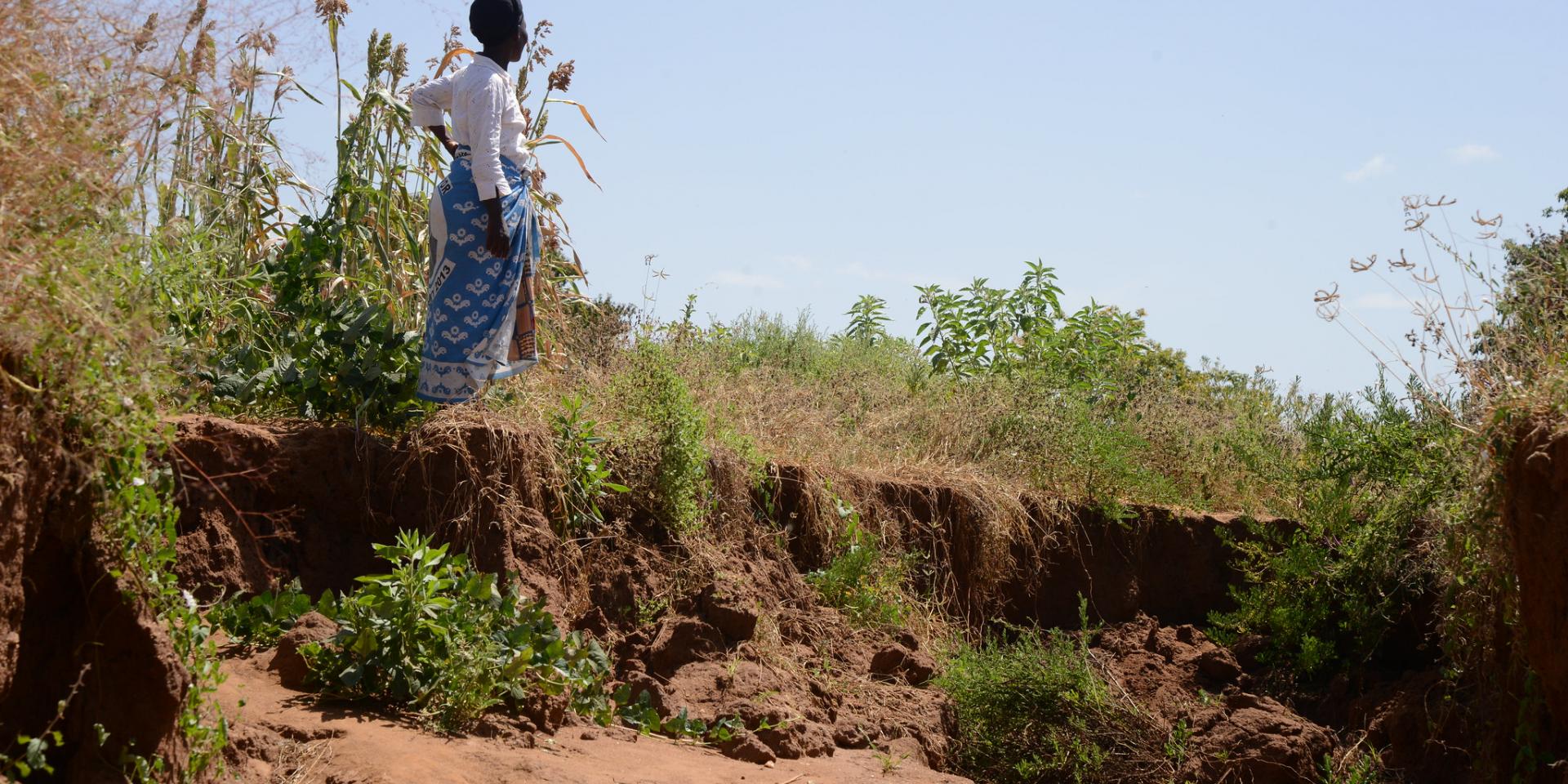Understanding gender relations for landscape restoration and rural women’s empowerment

This year's theme for the International Day of Rural Women is "Building rural women’s resilience in the wake of COVID-19". On this occasion, we have asked CGIAR centers and programs to describe how their research is supporting rural women during times of crises. This post, by World Agroforestry, is one in series of responses.
Land degradation poses a dangerous threat to rural women and men in East Africa and the Sahel. It has numerous causes, including deforestation, water erosion, and overly invasive practices such as overgrazing.
Restoring agricultural land at the farm scale requires a context-specific understanding of intra-household decision dynamics and gender relations. Decisions regarding the uptake of certain practices—such as planting basins, manure treatments and more—are influenced by pre-existing gender relations.
That’s why a thorough gender analysis can help identify restoration options and approaches that might help enhance rural women’s empowerment and anticipate any potential trade-offs.
These conclusions are emerging from the World Agroforestry-led project, “Restoration of degraded land for food security and poverty reduction in East Africa and the Sahel: taking successes in land restoration to scale”. This was an initiative funded by the International Fund for Agricultural Development (IFAD) and the European Commission, which worked with development programs in Ethiopia, Kenya, Mali and Niger to systematically test promising land restoration options, previously discussed and selected by communities, for both agricultural productivity and ecosystem health.
Variations of each option were tested on farmers’ fields across different conditions and locations to identify what works where, why and for whom. That approach allowed farmers to choose which options he or she would like to implement and compare on their farm according to their needs.
A recent podcast episode by IFAD features World Agroforestry’s Ana Maria Paez Valencia and Fergus Sinclair who discuss how this project’s finding can guide land restoration in the future.